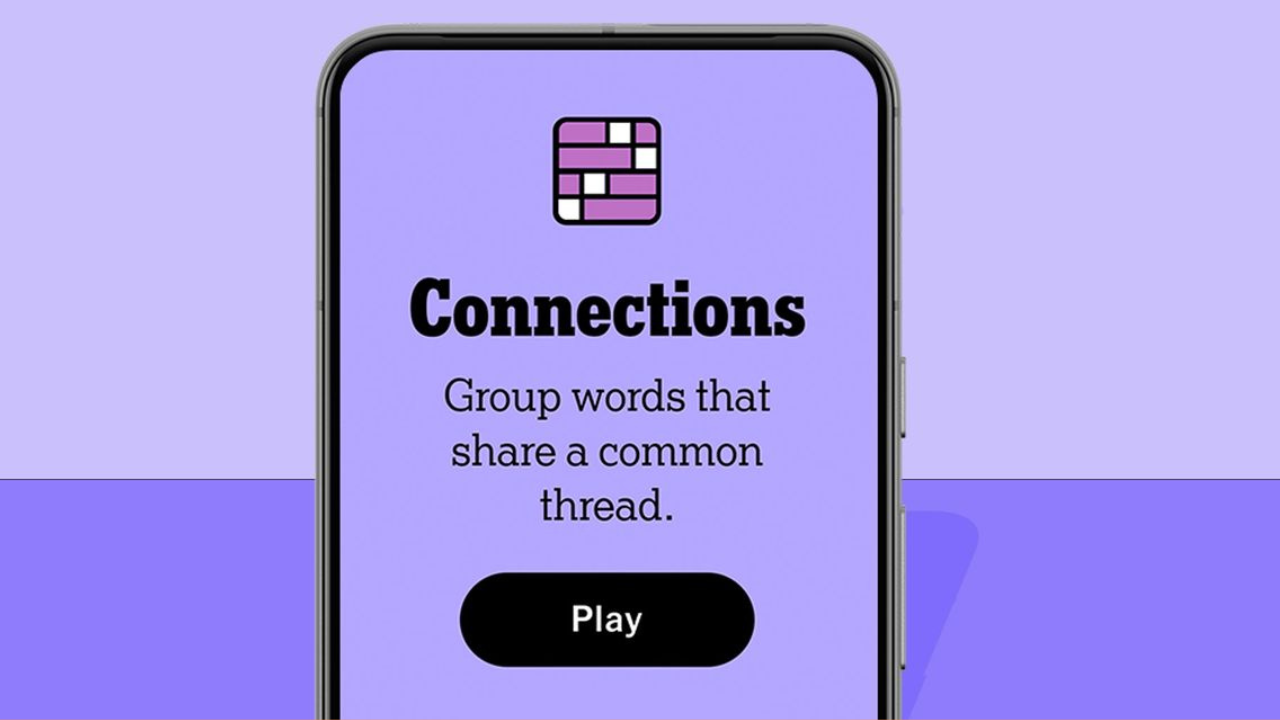Governor Gavin Newsom has signed the Phone-Free Schools Act, a bill that mandates schools in California to limit or prohibit the smartphone use in Schools. This new law tasks school districts, county offices of education, and charter schools with developing policies aimed at reducing smartphone use among students by June 1, 2026.
The legislation comes in response to growing concerns about the impact of smartphones on student performance, mental health, and school environments.
Concerns About Smartphone Use in Schools
Research presented to lawmakers suggests that excessive smartphone use in schools can interfere with students’ ability to focus, leading to lower academic performance, particularly among students who are already struggling. Additionally, there are concerns that unregulated smartphone access may contribute to issues such as cyberbullying and rising rates of anxiety and depression among young people.
While the bill does not prescribe specific limits on screen time, it requires schools to update their policies every five years, ensuring that they remain relevant in a rapidly changing technological landscape.
Exceptions and Flexibility in the New Policy
Despite the restrictions, the bill allows for certain exceptions. Schools are expected to permit smartphone use in cases of emergency or perceived threats, when medically necessary for a student’s well-being, or when smartphones are required for educational purposes.
In addition, the legislation emphasizes that schools will not monitor or collect information on students’ online activities, addressing concerns around privacy and data security.
Nationwide Trends in Smartphone Regulations
California is not alone in addressing the issue of smartphone use in schools. Several other states, including Louisiana, Indiana, and Florida, have enacted similar legislation aimed at limiting smartphone distractions in educational settings. According to The New York Times, many schools in California, including Los Angeles, had already begun implementing restrictions prior to the passing of this law.
Broader Focus on Digital Well-Being
The passage of the Phone-Free Schools Act follows the signing of another piece of legislation, the Social Media Addiction Act, which focuses on the potential harm caused by social media platforms. The law seeks to prevent social media companies from using children’s data to create highly engaging content that may contribute to addictive behaviors.
Both laws reflect a broader trend of states examining the role of technology in the lives of young people and addressing the potential downsides of excessive digital engagement.
What’s Next for California Schools?
Schools across the state now have until mid-2026 to establish their own guidelines for smartphone use. The flexibility provided by the bill allows institutions to tailor their policies based on local needs while adhering to the overarching goal of reducing distractions and promoting healthier environments for students.
As the implementation date approaches, educators and policymakers will continue to navigate the balance between integrating technology into the classroom and mitigating its potential negative impacts.




















